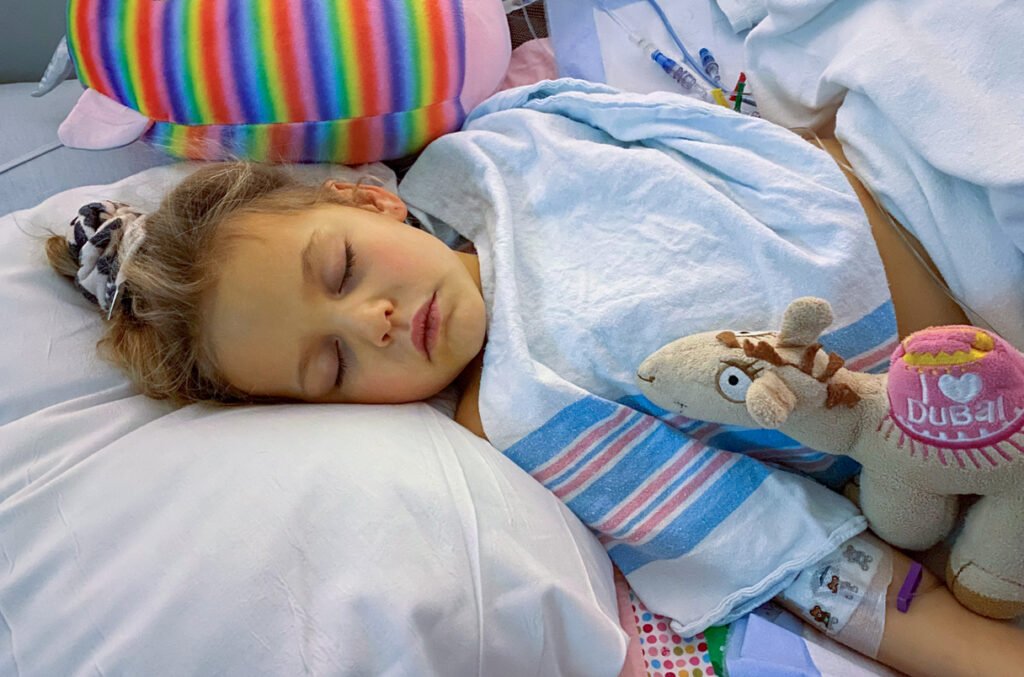Introduction
Recent reports indicate a rise in cases of unexplained hepatitis in children across the United States. The Centers for Disease Control and Prevention (CDC) is investigating over 100 cases, spanning 25 states and territories. While the overall incidence remains rare, many affected children required hospitalization, and several severe cases have resulted in liver failure or even death. Understanding the potential causes, early hepatitis symptoms in children, and preventive steps is essential for parents and caregivers.
What is Hepatitis in Children?
Hepatitis refers to inflammation of the liver. It can occur due to viral infections such as hepatitis A, B, or C, but also from medications, toxins, or autoimmune reactions where the body attacks its own liver cells. In children, hepatitis unrelated to these common causes is exceptionally rare, which is why the current increase in unexplained cases is a significant public health concern.
Recent Case Overview
Globally, more than 200 probable cases of unexplained child hepatitis have been reported, with dozens more under investigation. In the US alone, 109 cases are being tracked by the CDC. Alabama, for example, reported nine cases among otherwise healthy children aged 1–6 years, with three progressing to acute liver failure. Two of these children required liver transplants. While the reason for the concentration in certain regions is unclear, improved reporting and awareness may account for the observed clusters.

Possible Causes Under Investigation
Investigators have ruled out common hepatitis viruses, medications, toxins, and autoimmune conditions. Interestingly, many affected children show signs of adenovirus infection, suggesting a potential link. While adenoviruses typically cause mild illness, they may trigger severe liver inflammation in rare cases. Current studies are also exploring whether environmental or infectious cofactors could contribute to the condition.
Symptoms to Watch For
Early hepatitis symptoms in children are often nonspecific and can include:
- Nausea and vomiting
- Abdominal pain
- Fever and fatigue
- Loss of appetite
- Joint pain
As the disease progresses, more specific signs may appear:
- Dark urine
- Pale or light-colored stools
- Jaundice (yellowing of the skin and eyes)
Parents should seek medical care if symptoms persist or worsen, especially if jaundice develops, as early intervention can prevent severe complications.
Treatment and Recovery
Currently, treatment focuses on supportive care, monitoring liver function, and managing complications. In severe cases, liver transplantation may be required. Most children are recovering, but the situation emphasizes the need for early detection and specialized pediatric care. https://www.hopkinsmedicine.org/health/conditions-and-diseases/hepatitis
Preventive Measures
Since the exact cause of these unexplained hepatitis cases is unknown, specific prevention strategies are limited. However, if adenovirus is implicated, general hygiene practices can help reduce risk:
- Frequent handwashing with soap and water
- Avoiding close contact with sick individuals
- Staying home when unwell
- Ensuring routine vaccinations are up to date

Public Health Guidance and Monitoring
The CDC has issued health advisories to clinicians nationwide, urging immediate reporting of suspected cases. Enhanced surveillance allows for better tracking and understanding of potential causes. Internationally, the World Health Organization is also monitoring cases, with significant clusters identified in the United Kingdom and other countries.
Parental Awareness and Action
Parents do not need to panic, as the condition remains extremely rare. Awareness is key: knowing hepatitis symptoms in children, recognizing warning signs, and seeking timely medical attention can save lives. Pediatricians and liver specialists are essential partners in evaluating any suspected cases.
Conclusion
The rise of unexplained hepatitis in children highlights the importance of vigilance, early detection, and public health awareness. While research continues into potential causes, parents should focus on monitoring symptoms, maintaining good hygiene, and ensuring regular pediatric care. By staying informed, families can protect their children and support health authorities in managing this rare but serious condition.




